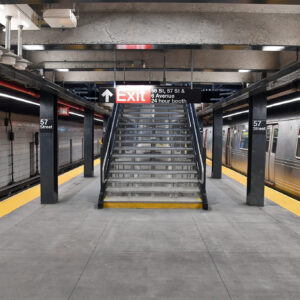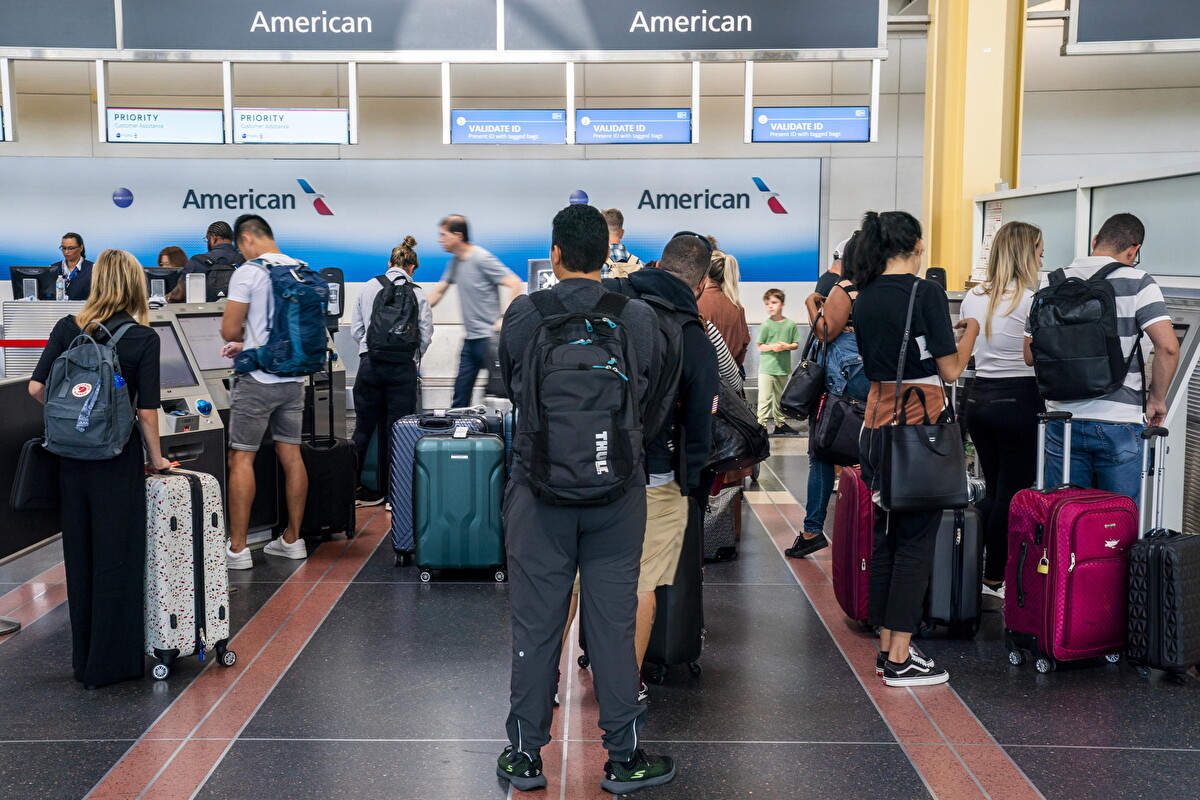Governor Cuomo has rolled out Phase 1 after 100 days of isolation. And cautious steps will be required as we begin to reenter life in New York City. Over 400.000 New Yorkers have now returned to work, after a 3 ½ month pause. Many rode subways noticeably cleaner than the ones they were on in March, with masks and sanitizers being handed out at stops across the city. There is no way to determine the success of the strategies used in this staggered phase or the ramifications of people being forced to sit or stand in close proximity. We can only hope for the steady flattening of the curve, while remaining optimistic that a cure is forthcoming; and that we finally resume life, in this ‘new normal’.
Reflecting on the time I’ve spent, predominantly indoors, I’d be challenged to recall another time in history when we have all been so intrinsically linked with the world, while sharing a united cause – in this case a catastrophe and the subsequent shutdown that left New York City streets deserted and unrecognizable from their normal crowds. During this long period of time and the events of the recent past, I’ve been wondering, if not fearing, the results of the pandemic, coupled with the brutal murder of George Floyd, and how these monumental life altering moments will impact the city.

I’ve been invited (as we all have) to a variety of zoom parties both socially and through my office. In an effort to keep my clients informed, I’ve been following the news closely through my office regarding sales and rentals in New York, as well as the future of the city in terms of people deciding to flee to either second homes or to purchase them– along with a variety of other cautionary tales. Sunday’s New York Times published a compelling article on the forecast of the city, asking what they referred to as the “agonizing question”: “Is New York City worth it anymore?” They interviewed people who have chosen to leave, and others who cannot imagine living anywhere else, most especially when New York needs all the support it can get during this fragile moment in time. The article highlights the conflicts and frustrations that many of us have felt during the lockdown.
What I’ve learned, at the most recent (sales) meeting, is that in the second quarter of 2020, real estate sales were down 94% from last year. Astounding, to say the least, but not surprising. The NYC Public School system is over budget, and based on the status of the development for a coronavirus vaccine, not likely to reopen in September. Furthermore, as a result of the protests and rage that followed the senseless and violent murder of George Floyd last week in Minneapolis, Soho is now decimated, as are the vast majority of high-end retail stores lining Fifth and Madison Avenues. The future of the city as we knew it remains on hold, while we navigate the process involved to return to ‘normality’.

With all of these facts looming, it is difficult to predict a brighter future for the city. Yet, we have learned some lessons from the past. We recall that in the aftermath of 9/11 no one wanted to live below 14th Street--specifically near Battery Park. Yet now the prices of condominiums and co-ops there have more than doubled, and those who purchased in 2001 have reaped rewards far greater from their real estate investments than from their 401K. Those who fled, as I’m certain many will do again, came back in droves realizing that their quest for green space was not as satisfying as their comfort with concrete.
What has emerged as one of the most interesting developments thus far, is the need to trade apartments in high rise buildings for private homes, townhouses and brownstones. Many fear the close proximity associated with apartment dwelling, such as the need for shared elevators, visitors congregating in lobbies and hallways, and the usual comings and goings of deliveries, dog-walkers, housekeepers, and the like. In the past week, I’ve been asked to coordinate a potential rental from a film client, whose home on Riverside Drive will be listed for 100K per month. Although a staggering number for even jaded New Yorkers like myself, the interest in just a few days has been impressive.
So, in answer to many who have inquired, there are still scores of people who are committed to New York, and will be trading either one residence for another, or deciding to sell their current homes. In any event, it seems apparent that the real estate industry will survive another crisis and eventually rebound, if not immediately, then within the next couple of years. It is also important to remember that there’s been a complete halt to showings, open houses, and the usual means required to sell an apartment. Based on Governor Cuomo’s guidelines to lift the ban on Real Estate professionals and allow showings to begin again during Stage 2, starting June 22nd, the fate remains undetermined. Using history as a guide, New York City real estate is typically the last to plunge and the first to regain momentum. Our hope is that we will be better and more diverse, greener and more aware of the mandate to reduce fossil fuel and for many urban dwellers, to resort to rooftop gardens for produce.
We are grossly overdue for change. To glean an ounce of sense from a senseless murder, would be to emphasize the importance and the loud shout of outrage pouring out from all corners of the world for social and racial justice. Perhaps the dawning of a new age has begun.












